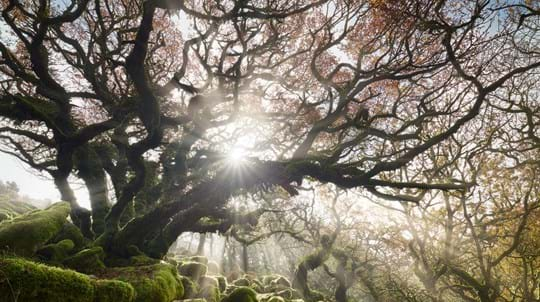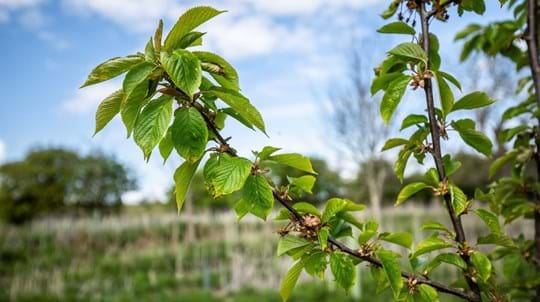
Plant trees
Why plant trees?
Whatever your reason for planting, trees have far-reaching benefits for all of us.
Our tips and resources for sourcing and compiling evidence to support your neighbourhood plan.
Neighbourhood plans can be a great opportunity to shape nature in your community, whether it’s already rich in woods and trees or you’re keen to increase tree cover and green spaces.
Every area of England is covered by a local plan which is usually prepared by the district, city or borough council, or in some cases the national park authority. Some larger town and parish councils also have the power to draw up neighbourhood plans which sit under the local plan. They are specific to the local area and have lots of flexibility in what they cover, as long as they don’t contradict the local plan.
Neighbourhood plans can describe what makes their area special, including local woodland. They can identify sites for woodland creation, list protected trees and set standards for more trees on developments sites.
The town or parish council leads on preparing the neighbourhood plan. The community is often consulted and a local referendum may be held to approve it, so you can have your say. The agreed plan will then be adopted by the local planning authority as part of its local plan.
As part of the neighbourhood planning process, you need to develop a number of key topics or issues that are important to your neighbourhood. For each key theme, trees can play a positive role in realising your community’s aspirations.
There is no fixed approach or model for your plan. It can cover just a few streets or a large area - equally it could be a few pages long or hundreds.
A neighbourhood plan should be specific to your community, reflecting your community’s aspirations.
You will need to evidence what you include in your plan as it will ultimately have to pass an independent inspection. This evidence is critical to justify the contents of your plan.
Your evidence needs to comply with the Localism Act and the 2012 Neighbourhood Planning Regulations.
As long as your evidence is in general conformity with local and national policy and reflects your whole community, there are no rights or wrongs.
Contact your local authority and speak to local people to gather evidence. Your local authority will have an evidence base you can draw upon.
You also need to seek the views of as many people as possible that live, work or visit in your neighbourhood. It’s important to find out what they think is good and bad about the area, so you can work together to plan the future based on this information.
You could do this through:
Gathering the evidence together under a number of themes can be helpful. Those themes are up to you, but might include environment, housing, transport, crime or community facilities.
Ideally, policies should set out protection for existing woods and trees and promote new planting too.
In terms of woods and trees, a useful plan to look at is the Exeter St James Neighbourhood Plan. We think it has some great policies on trees and green spaces. Of course this doesn’t mean it’s necessarily right for your plan, but it can provide good food for thought.
Some pointers to help you think beyond standard policies:
Your local planning authority will always be the best starting point when setting up a neighbourhood plan, so remember to speak to them about your options first.
If your plan might pose a risk to heritage or the natural environment, the local authority may advise you to contact:
For help with the best species, where and how to plant and aftercare tips, visit our planting advice pages.

Plant trees
Whatever your reason for planting, trees have far-reaching benefits for all of us.

Plant trees
We want to make sure everyone in the UK has the chance to plant a tree. So we’re giving away hundreds of thousands of trees to schools and communities.

Plant trees
If you’re looking to plant trees, we have the trees, grants and funding schemes to help.

Shop
We have single trees and tree packs to meet your needs, from wildlife to woodfuel. Delivery is free.
External link